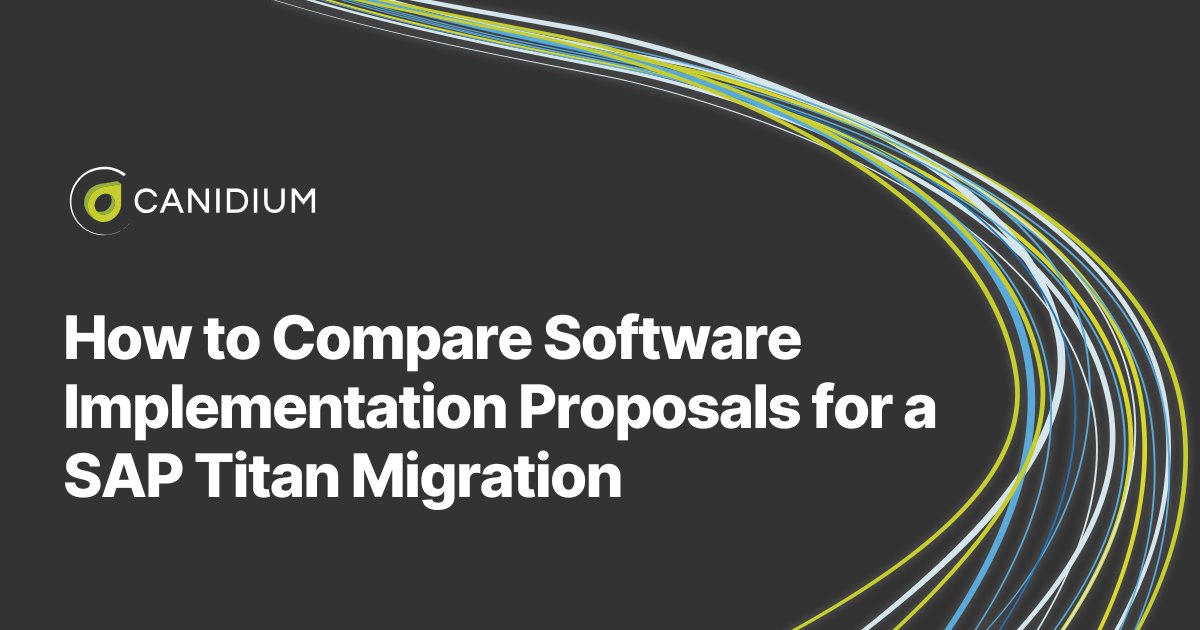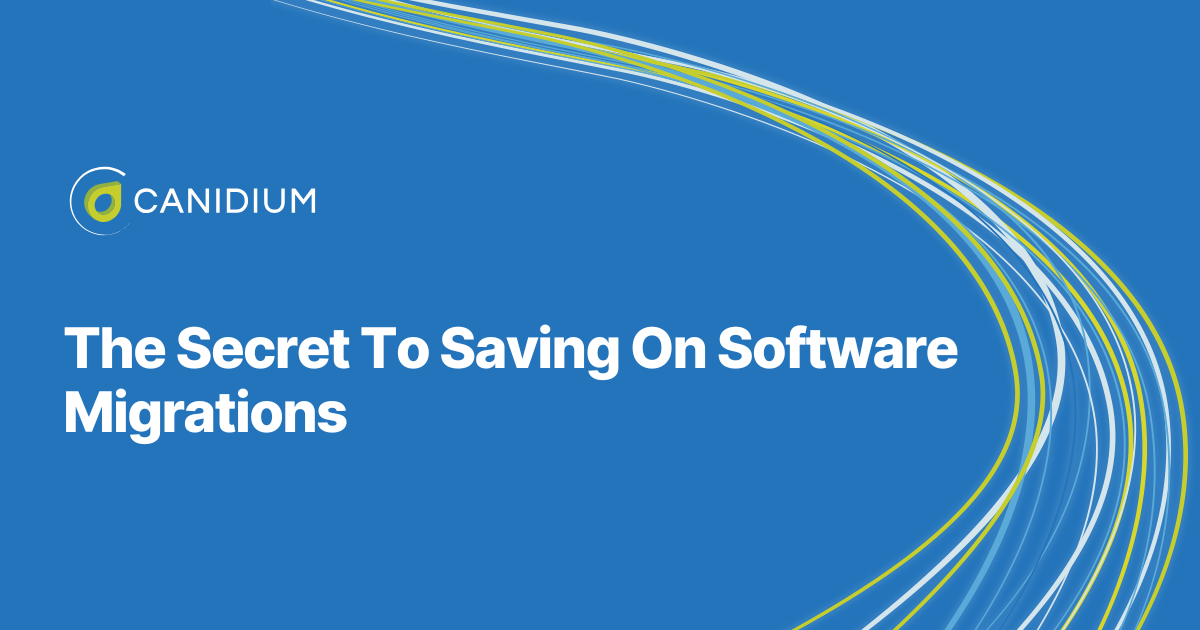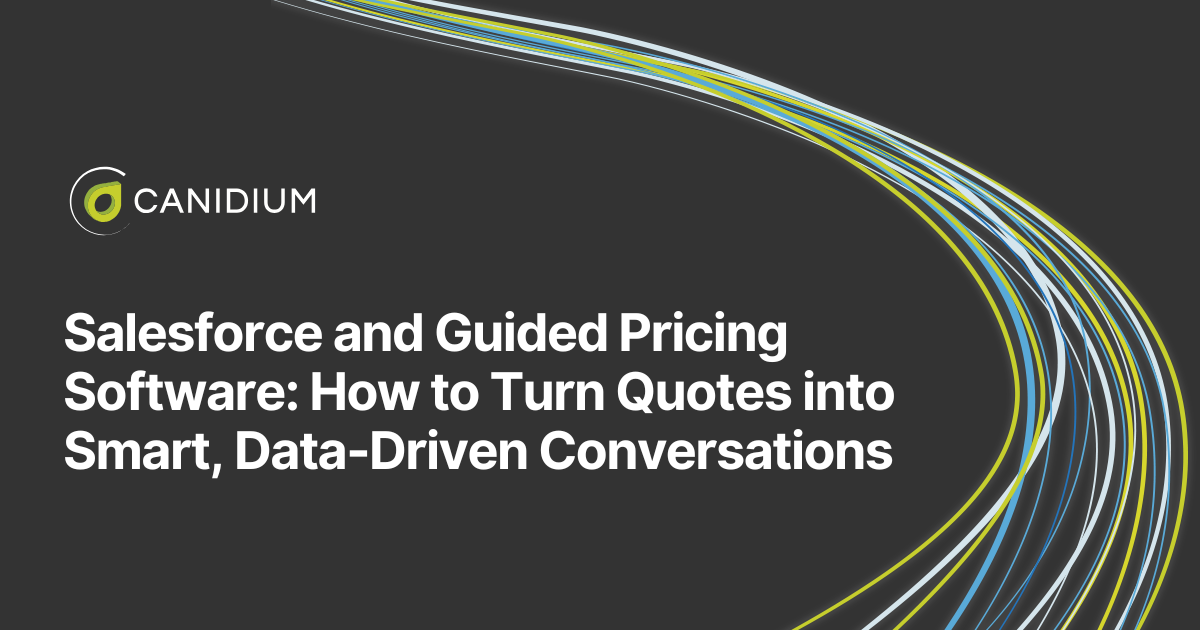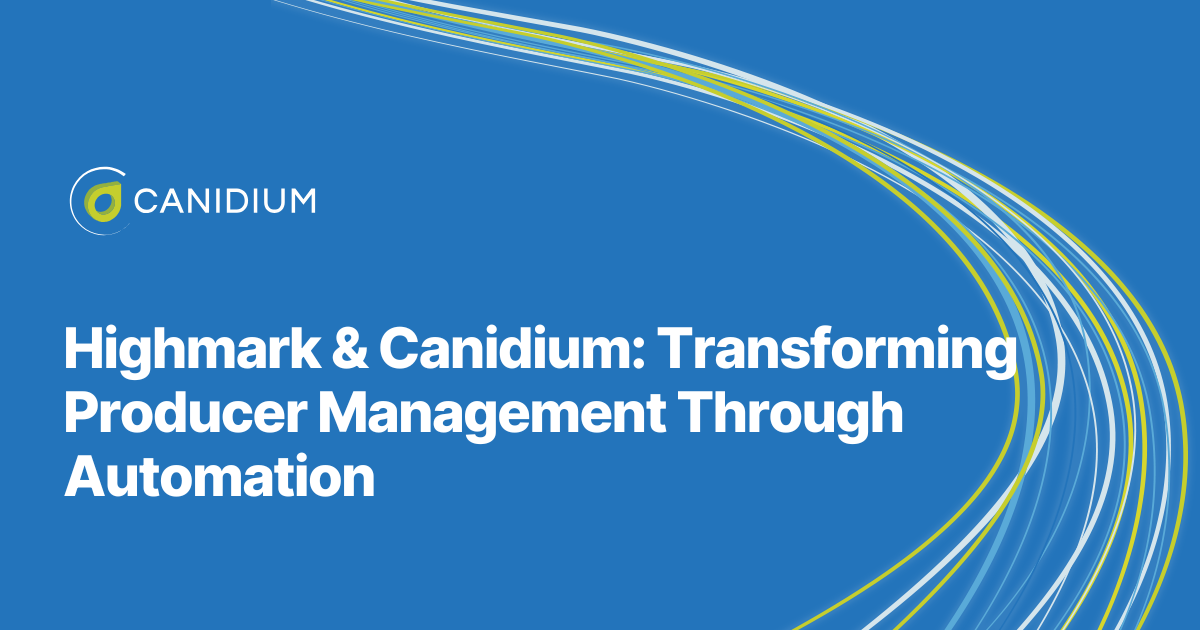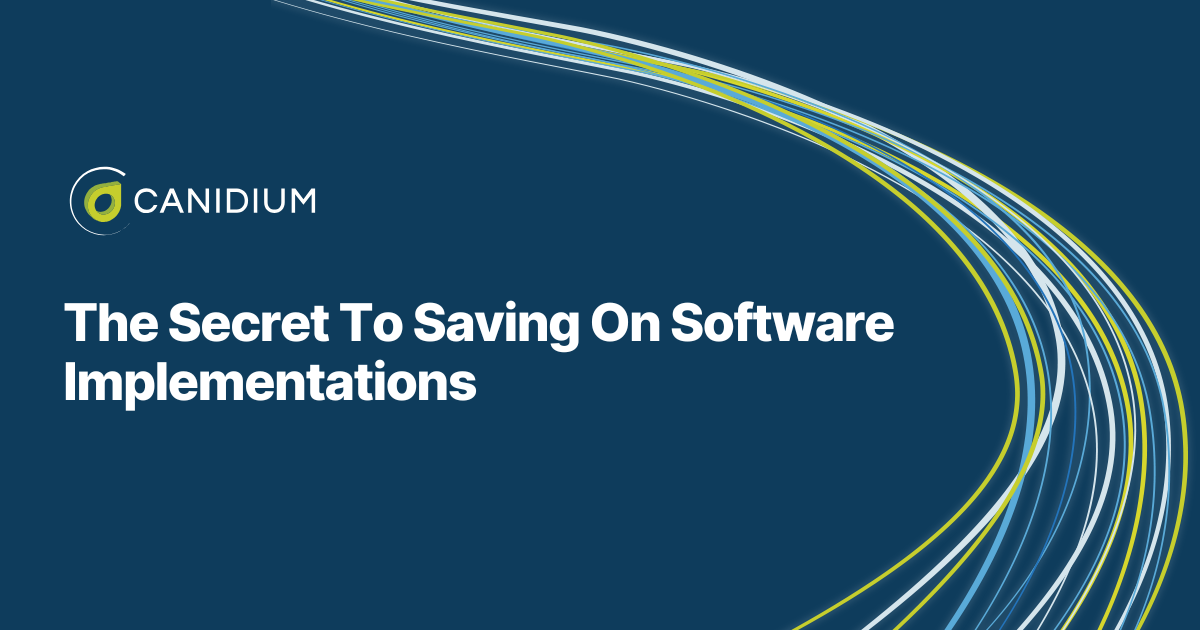Choosing the right partner for your SAP Titan migration project is a major decision. For many companies, this is more than just a tech upgrade; it's a foundational shift in how data, reporting, and business processes are managed. Picking the right partner to usher in these changes is vital to the ultimate success of your project, but when you're reviewing competing Statements of Work (SOWs), how do you know which proposal sets you up for success?
While it’s tempting to base your decision solely on the price point, doing so is often more expensive in the long run.
A low-cost proposal is often the tip of a very large, very expensive iceberg. The price you see doesn't account for the hidden costs of what’s been omitted—the inevitable scope changes, project delays, and business disruption that a shallow SOW fails to anticipate.
At Canidium, we've worked with organizations that initially chose the lower-cost option, only to circle back months later after scope changes, missed timelines, and poor support. They’ve dug deeply into their project budget, only to end up back at square one.
In this guide, we’ll help you evaluate proposals with a more critical lens, so you can pinpoint the red flags in a proposal that suggest the partner doesn’t truly understand the complexity of SAP Titan migrations, and which ones might be underbidding by underdelivering.
1. Reporting: The Hidden Scope Trap
One of the biggest warning signs in an SAP Titan SOW is vague or limited reporting deliverables.
Titan migrations often involve complex pricing, compensation, and profitability scenarios. Your reports are not just outputs; they are the primary interface through which your business will derive value from the system. If a proposal downplays the work involved in replicating or rebuilding reports, that should raise serious concerns.
The "One-to-Many" Reality of Reporting
In many cases, one legacy report requires multiple implementations in the new system. A partner who hasn't done their due diligence will miss this entirely.
- Example: A SOW that lists "replicate commission statement" as one line item is dangerously simplistic. In reality, you likely need different versions for a Sales Representative, a Regional Manager, and a VP of Sales. Each role requires different data visibility, key performance indicators (KPIs), and levels of aggregation. That's three distinct development efforts, not one.
- Example: If your company uses this report across ten different regions, you're not dealing with one report. You have ten different versions, each potentially requiring unique currency conversions, local regulatory compliance rules, and region-specific product catalogs.
These complexities, and the long-term ramifications of overlooking them, are why it’s important to choose a partner that takes a granular approach. For instance, our team breaks out each critical report, specifies the required variations, and accounts for the distinct development, data mapping, testing, and stakeholder sign-off for each one. It’s more detailed, but it’s also more realistic.
2. Timelines: Are They Building in Time to Do It Right?
Everyone wants to see a quick realization of value, but there’s a difference between efficiency born out of expertise and cutting corners. A migration as significant as SAP Titan requires more than just speed; it requires space for proper testing, validation, and user readiness. Consequently, an aggressive timeline is often a sign that a partner is cutting corners on the activities that ensure a successful launch.
Too often, we see SOWs with timelines that look appealing on the surface but skip over or compress critical phases. These may include:
- Data validation and reconciliation
- Multiple User Acceptance Testing (UAT) cycles
- Parallel runs with your legacy system
- Comprehensive change management and training
Without adequate time for these steps, you risk launching a system that users don’t trust, can’t navigate, or that returns incorrect results, especially in commissions or incentive scenarios where small discrepancies can lead to major financial impacts.
- Example: A vendor might propose a single two-week UAT cycle. A seasoned partner knows you need at least two full cycles: UAT 1 to identify the initial set of bugs, and UAT 2 to validate the fixes and perform regression testing. Skipping the second cycle means bugs are discovered post-launch, when fixing them is exponentially more expensive and disruptive to the business.
- Example: A proposal might omit a parallel run to look more cost-effective. But without running the new and old systems side-by-side for a full financial period (e.g., a month-end close or a sales commission cycle), how can you be certain your calculations are accurate? Even a tiny error can be catastrophic. A 0.5% error in a commission calculation on a $50 million payroll is a $250,000 mistake ($50,000,000×0.005=$250,000). That single error could wipe out all the savings from the cheaper SOW.
Canidium builds in time not just to “deliver” but to deliver well. Our SOW includes buffers for multiple testing cycles, stakeholder review, and phased deployment plans to minimize risk.
3. Experience: Ask for Receipts
This is a high-stakes project, so you don’t want to be someone’s guinea pig. This is not the time to give a new partner their first chance to oversee a SAP Titan migration. When evaluating implementation proposals, insist on seeing prior case studies that directly resemble your situation. Don't settle for a list of industries or logos; demand real, verifiable examples.
Look for proof that they have solved similar problems:
- The Client’s Original Challenge: Was it a migration from a specific legacy system like AS/400 or a different SAP instance? Was the primary driver improving sales compensation accuracy or enabling real-time executive reporting?
- What Was Migrated: Be specific. Ask about complex pricing logic, multi-currency commission plans, or data integrations from bespoke systems.
- What Was Learned: A good partner is honest about challenges. What unexpected complexities arose, and how did they navigate them? This reveals their problem-solving ability.
- How Long It Took and What It Cost: Did the project stay on budget and on schedule?
- What the Outcomes Were: Ask for quantifiable results. Did they reduce report generation time? Improve payment accuracy? Increase sales team trust in the data?
At Canidium, we’ve led successful migrations across a variety of industries, including highly regulated and global enterprises with large user footprints. Our teams aren’t just SAP experts; we’re experienced in tying technology to business outcomes.
The Best Proposal is the One That’s Honest
If you're comparing proposals, and one seems unusually short or low-cost, ask yourself: what’s missing?
A comprehensive SOW may feel more expensive upfront, but it's an investment in predictability. It's designed to reduce surprises, manage risk, and align expectations from day one. At Canidium, we believe in setting realistic expectations, defining clear deliverables, and making sure nothing critical slips through the cracks.
Because in SAP Titan migrations, you don’t just want to go live, you want to go live successfully. If you're reviewing proposals and want an objective eye, or you’d like to see what a detailed, transparent SOW looks like, we’d be happy to walk you through ours.


